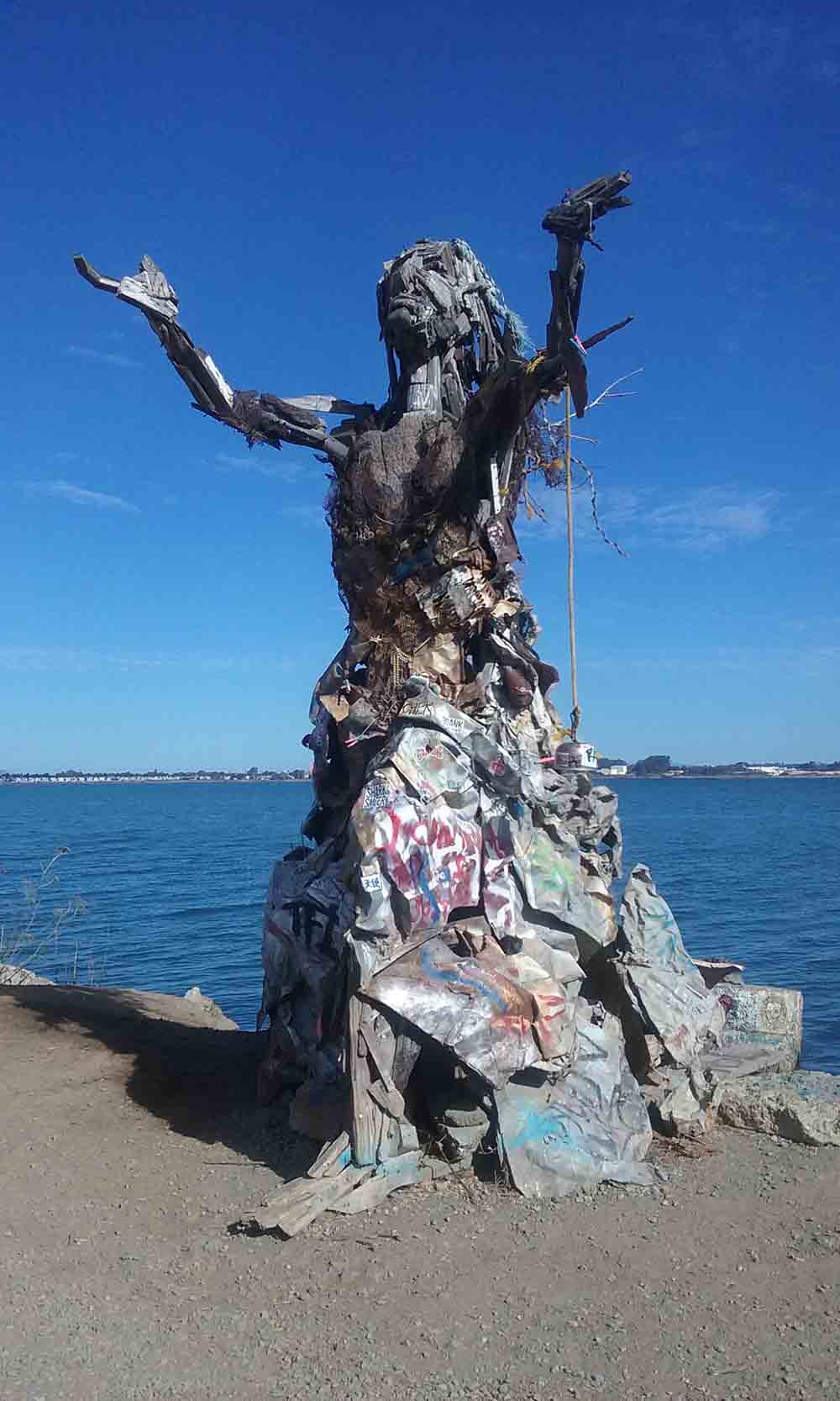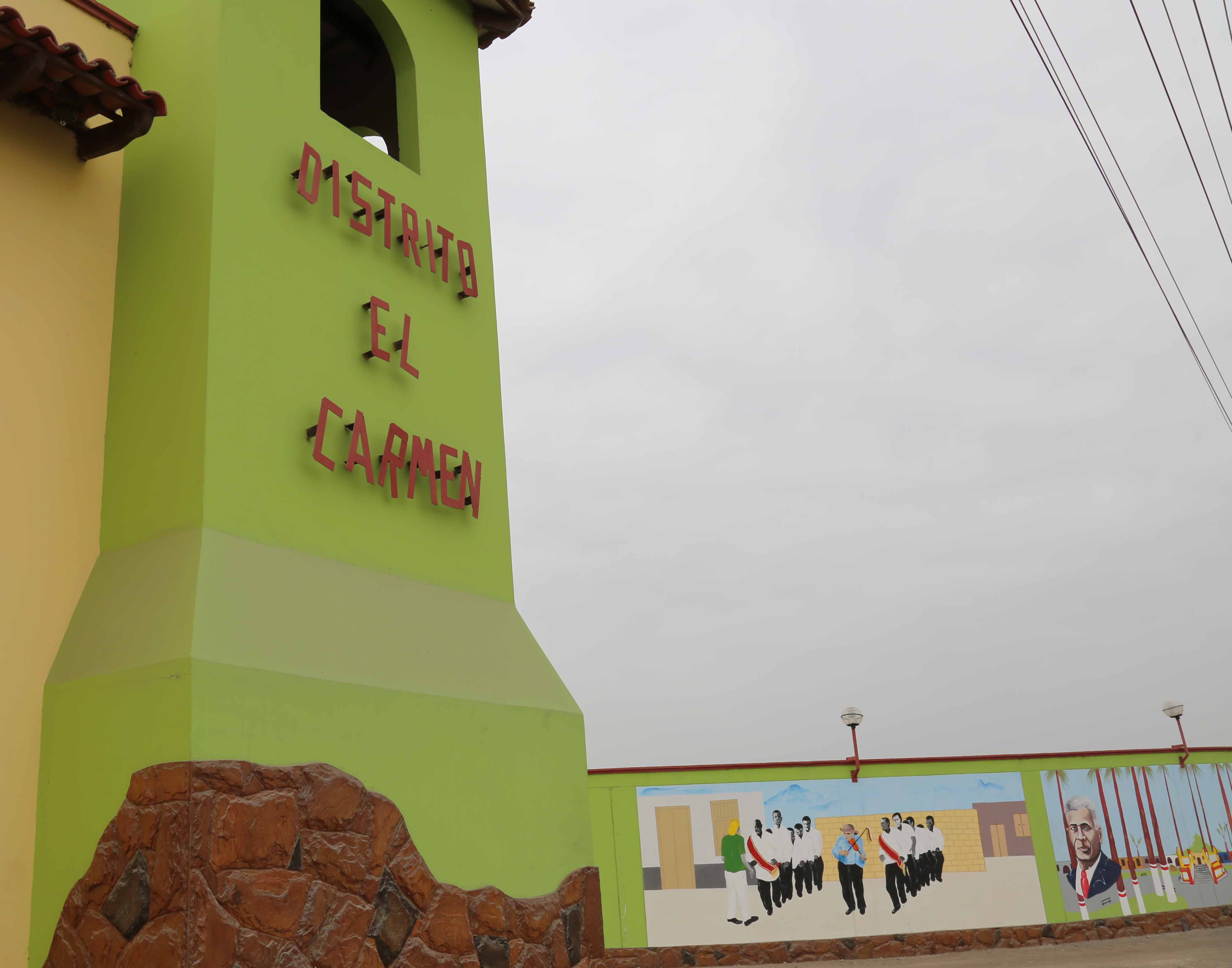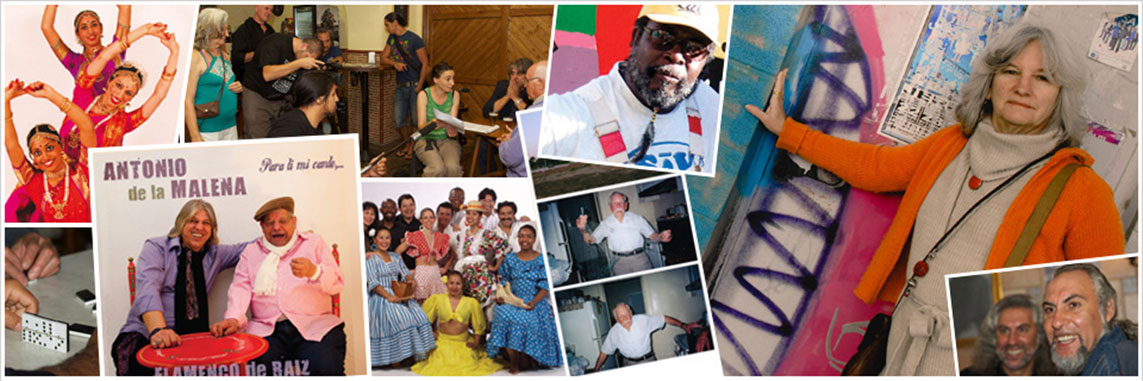PUBLIC ART
To talk about public art assumes that we know what art is, and, of course, we do not. An amazing amount has been written and said on the topic; I will not try to give a definition here, but will only point out that one essential element seems to be an intention on the part of the creator(s) that it be viewed by someone other than the creator(s). Another element may be that the creator intended the work to be "art." And a final caveat: to be "art," it must be unique: one spectacularly beautiful vase is art; 50 identical vases, even if spectacularly beautiful, are not; they are - craft.
With that cop-out, we will move on to public art. Public art has been around for thousands of years. It includes monuments, statues, architectural creations (such as buildings), murals, graffiti .... you name it. Some people even include performances of dance, music and theater just so long as they are free and open to the public.
In fact, according to Wikipedia, "Public art is art in any media that has been planned and executed with the intention of being staged in the physical public domain...[and] may include any art which is exhibited in a public space." That is pretty broad - so broad as to include almost anything, except art that is not open to the general public, such as works held in private collections.
For our purposes, we'll focus on the plastic arts: painting, pottery, architectural structures, murals ... just so long as they have been deliberately created in a public space with the intention that they be viewed by the general public. This will include murals over highways, art painted on the outsides of buildings that are visible to the general public, statues in public places and so forth.
With that in mind, I'd certainly consider the Sphinx to be public art, and probably the Egyptian pyramids as well. After all, whether or not the pyramids were intended to be art, they certainly were meant to be seen by the public (as well as, we assume, by the deities), and it is certainly possible that they were intended to be both beautiful and a source of inspiration. That said, well, let's just throw the pyramids into the bucket.
There has been a modern movement dating in particular from the 1970s to create public art that would not only be visible but also appealing to the general public. In many cases, these art works have been intended to inspire people to action or to make them feel part of a community.
 Much of artist Hershell West's work falls squarely into this movement, from the murals he created in public spaces in Florida focused on civil rights leaders such as Dr. Martin Luther King, Jr. to one he painted in Oakland, California, featuring two local residents. This brings up the thought that the San Francisco Bay Area is full of public art. For example, the sculptural hearts that the City of San Francisco commissioned in the early 2000s are a great example of public art, as are the many fine murals in the Mission District.
Much of artist Hershell West's work falls squarely into this movement, from the murals he created in public spaces in Florida focused on civil rights leaders such as Dr. Martin Luther King, Jr. to one he painted in Oakland, California, featuring two local residents. This brings up the thought that the San Francisco Bay Area is full of public art. For example, the sculptural hearts that the City of San Francisco commissioned in the early 2000s are a great example of public art, as are the many fine murals in the Mission District.
A wonderful statue made out of found materials out by the San Francisco Bay in the City of Albany is surely public art (SEE photo to the left). It's located in a public park and is accessible to anyone who is willing to walk out there. Other examples are murals painted on freeway overpasses, including those in West Contra Costa County, California, many of which are the work of John Wehrle assisted by Hershell West. These were commissioned by the cities of Richmond and Pinole which points up another angle: much of public art is publicly funded, that is to say, funded by public entities such as local government.
I also remember the modest-sized wooden sculpture of Snoopy the dog sitting on top of his dog house that someone put up in the mud flats of the San Francisco Bay, near the Bay Bridge. Every time there was a big storm, the sculpture would be destroyed by the wind and the waves but within weeks, or even days, there it would appear again, reconstructed by someone with a big heart.
Moving south from the United States, let's look at public art created in, say, Peru. First of all there is the historic public art, including in well-known ancient sites like Machu Picchu and Nazca (the Nazca lines). In addition, the country is full of pyramids. Most of these were constructed of adobe and so have not weathered well, but even the remains are still impressive.
Looking at the contemporary scene, while I was in Lima (Peru's capital), I observed that murals were plentiful, mostly on the sides of buildings. Some appeared to have been painted by professional artists while others are probably the work of the people who live in, or who use, the building, such as a mural with happy-looking children dancing that is painted on the exterior wall of a building which houses a day-care center.
 Going beyond Lima, at the entrance to a rural district called "el Carmen," there is a tower and arch at the entrance to the road that goes to the small towns in the district. The tower and arch are flanked by walls on either side. The tower and arch themselves are brightly painted while the walls are covered in murals. The district is considered a center of Afro-Peruvian culture, and the murals all relate to that culture. I have not yet tried to find out who painted them, but they are charming and welcoming.
Going beyond Lima, at the entrance to a rural district called "el Carmen," there is a tower and arch at the entrance to the road that goes to the small towns in the district. The tower and arch are flanked by walls on either side. The tower and arch themselves are brightly painted while the walls are covered in murals. The district is considered a center of Afro-Peruvian culture, and the murals all relate to that culture. I have not yet tried to find out who painted them, but they are charming and welcoming.
It would be very easy to go on and on with examples of public art located in places all over the world, but you get the idea. What examples of public art do you know of that you find particularly interesting? Were they created by one individual, by a small group, or by a large number of people with perhaps years of planning and more years of execution required to complete?
We'd love to hear from you; shoot us an e-mail! info@palominopro.com
